I’m always looking for ways to streamline my woodworking. Thrifty (read cheap) woodworker that I am my preference is to problem solve with shop-made woodworking jigs rather than commercially produced jigs.
Here are my three favorite shop-made woodworking jigs for cabinetmaking:
Dado Sizer
For years I used the T and E method (Trial and Error) for sizing dadoes. That is until I came up with the Dado Sizer.
Here’s the deal. Using a piece of Baltic Birch plywood I cut a series of increasingly wider dadoes, starting at 23/32″. After cutting the 23/32″ dado I added a .005″ shim and cut another dado. Added another .005″ and cut another…on and on until I had a dado that was .010″ over 3/4″ wide. I labeled each dado with its size.
When I’m ready to make a dado I simply slip the shelf into the dadoes until I find which dado it fits in. That’s the dado head/dado shim set up I use on the table saw.
I still make test cuts, but this jig cuts a lot of time off my dado head set up.
Adjustable Shelf Hole Jig
There are lots of ways to make holes in case sides for adjustable shelves, including drill presses, hand-held drills, high falutin’ specialized tools and more, but this is my favorite.
It’s made from a piece of 1/4″ Baltic Birch plywood. The holes are 5/8” diameter on 3” centers. Use a drill press to make the holes so you can use a fence and ensure the holes are all equidistant from the edge.
The holes are 1” on center from one edge and 2″ on center from the other edge. Use the 1” set back on cases with face frames and the 2″ set back on frameless cases with inset doors.
Since you may not always use every hole in the jig it’s helpful to number the holes so you can track which ones you do use.
Clamp the jig to your case side making the end and edge of the jig even with the end and edge of the case. If you consistently position the jig (you’ll need to flip it over as you go from one edge to the other) you holes will be consistently spaced and your shelves won’t rock and roll.
Make the holes using a 5/8″ guide bushing in a plunge router and allowing the guide bushing to seat in each hole. With a 1/4″ or 5 mm router bit in the router and depth correctly set you can quickly and easily plunge shelf holes. With the high rpm of the router bit you’ll never chip a veneer.
Routed Dadoes
On big cases, it’s easier to bring the tools to the work than the work to the tools. If you need to cut dadoes in a big case side, like an entertainment center, it’s almost impossible to do that on a table saw. This jig will handle it for you, no sweat.
It’s made of Baltic Birch plywood with one long side fixed to the cross pieces and the other side adjustable. I made mine long enough to straddle a 24″ wide case side. The narrow fixed side is 4″ wide. The wider movable side is 6″ wide. When you fasten the fixed side to the end cross pieces be sure they’re perfectly square.
The movable side gets its adjustability by virtue of 1/4″ carriage bolts going through 1″ holes. A fender washer straddles the hole and a wing nut locks it down.


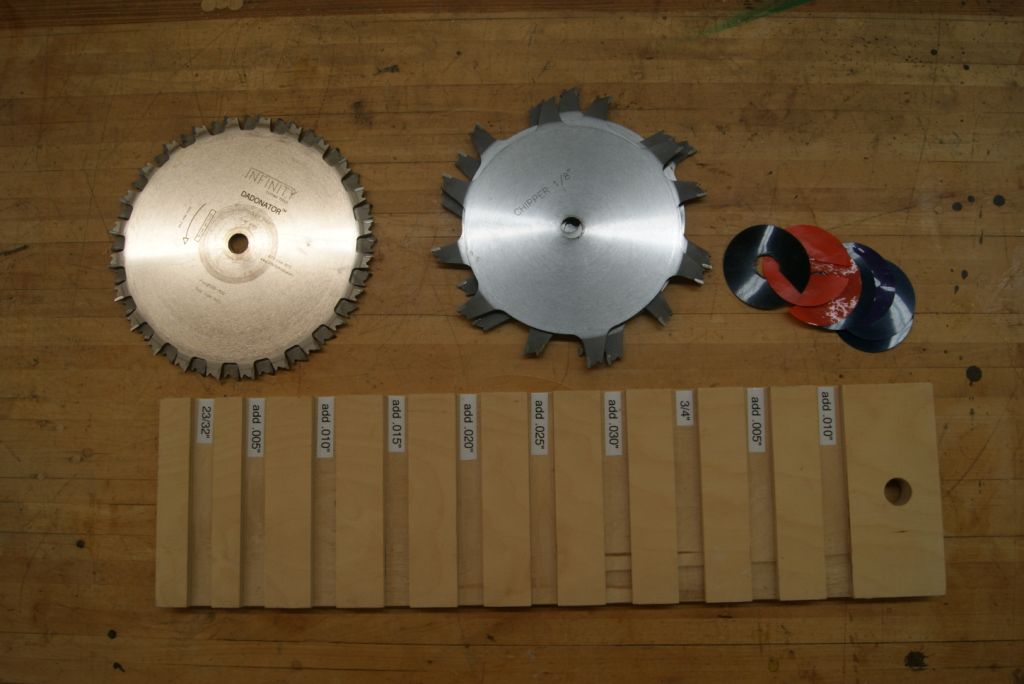
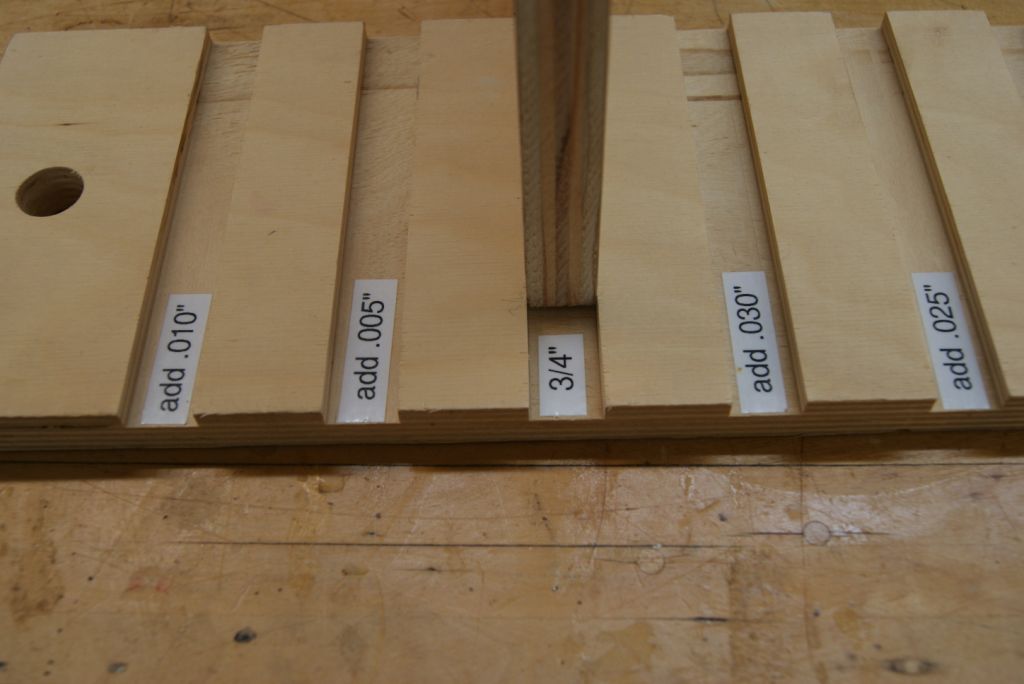

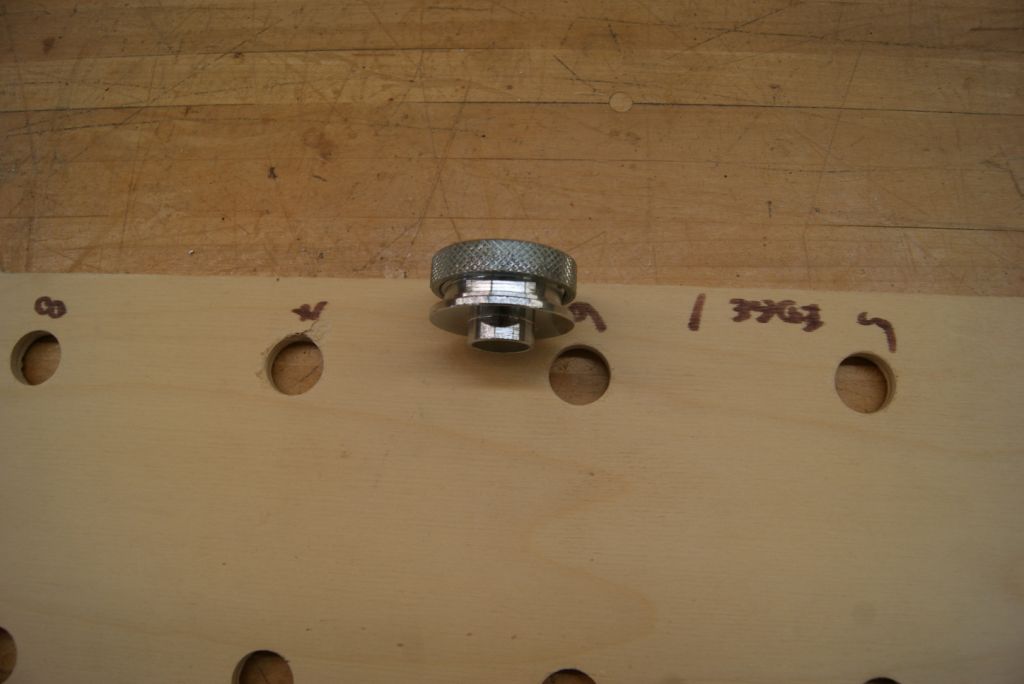

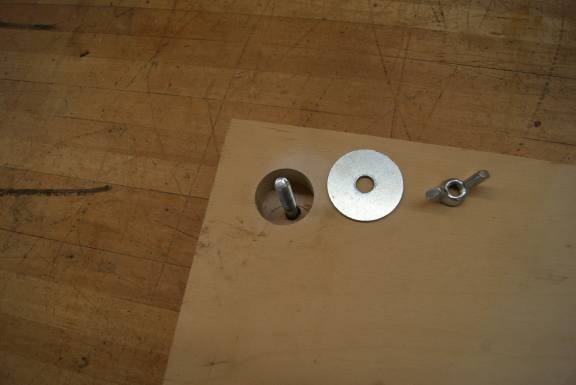
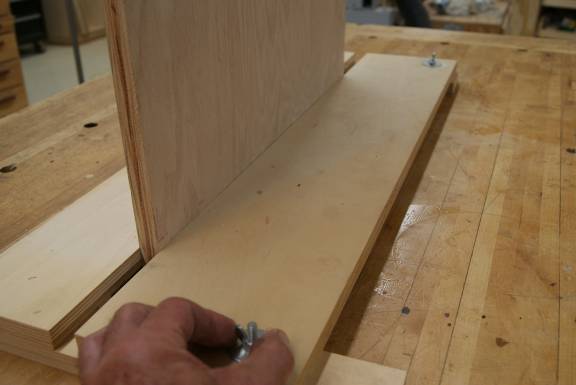
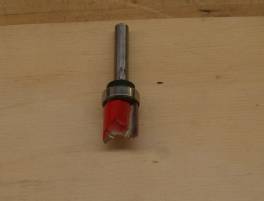
Regarding the adjustable shelf-pin jig, I have a piece of peg board with holes on 1-1/4 in. centres. Would this work with a 3/8 bushing (which would leave 1/2 in. between openings)? If so, where can I purchase the bushing? Thanks, Bill
On the dado sizing jig for the table saw do you only use .005 shims how many do you need to make the jig? What are your recommendations on the size for the jig? On the shelf pin jig what if you don’t have a drill press but have a drill guide for a portable drill and a mdf fence? Will that work instead?
On the test round piece of plywood cut using the circle cutting jig, I noticed that there was a <3" flat spot, George you spotted it and immediately pulled the round 360* cut up against your body so the flat spot was against your body. It was very noticeable
I am a beginner but I can see how these Jigs will come in very handy. Thanks for sharing.
GREAT JIGS
It wouldn't hurt to add a little more content to these brief instructions. I know you can't run a business ugiving it all away, but it might help to give enough so when the reader is done he feels like learned something. I find you sometimes assume too much or not enough. Tough place to be, I get it. Maybe if you offered a choice of instructional Levels to select from before each mini-instruction.
I am a premium member but I cannot see any of the pictures in this article.... Why?
George made a video years ago and showed how to make and use the adjustable dado jig. What happened to it?? I still have some of the printed article covering this jig but the video seems to sink in better. Sure could use his measurements so I could build it again. His details were great and I had perfect results but that was years ago and the jig was misplaced. Help would be nice even if it is on a video I would have to buy. Thanks Fred
WWGOA made a video re the routed dado jig. I can't find it any more. Did it get removed? If it is still available can you point me in the right direction?
With the bearing riding between the guides and the bottom of the cutter 1" below the bearing, how do you adjust the depth of cut? I need a 1/4" deep dado.